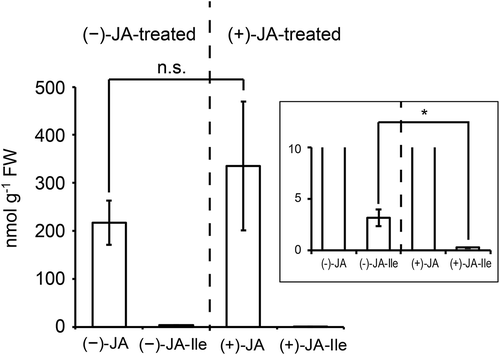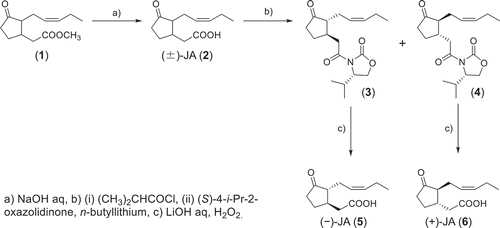Figures & data
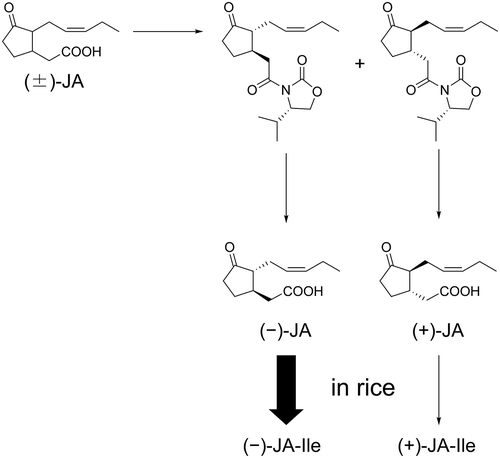
Figure 1. Chiral analysis of optically-active jasmonates.
Each optically active jasmonate (200 pg) was subjected to combined liquid chromatography and electrospray ionization tandem mass spectrometry (LC-ESI-MS/MS) with a chiral column. The precursor-to-product transition was monitored for m/z 209/59.
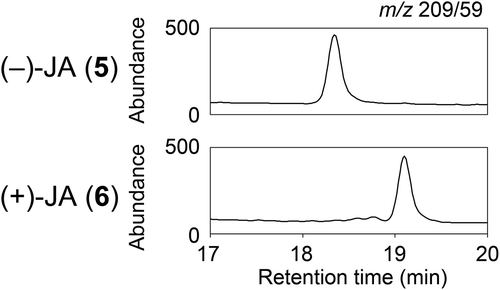
Figure 2. Inhibitory effects of jasmonic acid (JA) and jasmonoyl-l-isoleucine (JA-Ile) on the growth of the second leaf sheath of rice seedlings (Oryza sativa L. “Nihonmasari”).
Rice seedlings (5-day old) were treated with 0, 0.2, 2, 5, 10, or 20 nmol of JA (a) or JA-Ile (b). After 4-day incubation, the lengths of the second leaf sheaths were measured. Values indicate the relative length of the second leaf sheath of rice seedlings treated with each isomer of JA (a) or JA-Ile (b) (n = 5 or 6). Values are normalized to the length of the second leaf sheath of rice seedlings without JA or JA-Ile treatment. Bars indicate standard errors of the means. Statistically different data groups are indicated by different letters (P < 0.05 by one-way ANOVA with a Tukey-Kramer’s post hoc test).
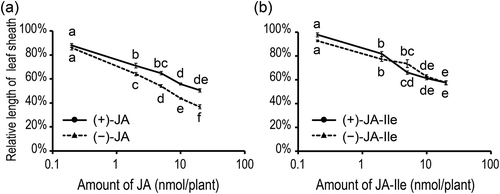
Figure 3. Bioconversion of jasmonic acid (JA) to jasmonoyl-l-isoleucine (JA-Ile) in rice leaves.
Values indicate the amount of JA and JA-Ile in cpm2 leaf explants treated with 250 μM (−)-JA or (+)-JA (n = 3); bars indicate standard errors of the means. The inset shows enlargement of the JA-Ile accumulation. The cpm2 mutant was JA-deficient and neither JA nor JA-Ile was detected in the control tissues. Statistical analysis was conducted using a Welch’s test. Statistically different data are indicated by an asterisk (*, P < 0.05). n.s.: not significant.
